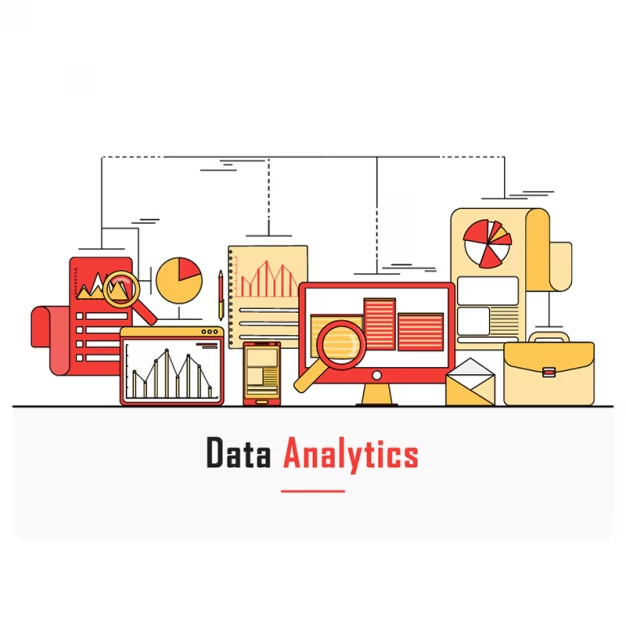Exploring the Applications & Types of Big Data Analytics
In today’s advanced technological civilisation, an organisation is overwhelmed with large volumes of information, also known as big data. What is needed then is big data analytics to make this data meaningful and usable. It incorporates modern techniques used for the assessment, comprehension, and interpretation of trends and patterns in big data sets. There are 4 primary types of big data analytics: static, dynamic, prognostic and normative. Each type offers distinct insights that address particular business requirements. Let's examine these kinds in more detail and consider how they might be used in practical situations.
Types of Big Data Analytics
Descriptive Analysis
The goal of descriptive analytics is to provide an explanation for the cause of an event. In order to present a comprehensive picture of trends and patterns, it entails summarising historical data. Dashboards, reports, and visualisations are frequently used to illustrate this kind of information, which aids organisations in comprehending historical performance.
Analytical Diagnostics
Going one step further, diagnostic analytics looks into "why it happened." It looks at past data to find underlying causes and correlations between various factors. This kind of analytics offers deeper insights through the use of techniques like correlations, drill-down analysis, and data mining.
Analytics for Prediction
Predictive analytics uses historical data, machine learning, and statistical models to provide answers to the "what could happen?" query. Making proactive decisions is made possible by this type's ability to predict future trends and events.
Analytics that Prescribe
The most sophisticated kind of analytics is prescriptive, which answers the question, "what should we do?" It suggests feasible solutions by fusing optimisation methods with predictive models. In addition to forecasting future events, it also recommends the appropriate course of action to accomplish the intended consequences.
Careers After Data Analytics
Data analytics is the most recent emerging field that has quickly grown into the cornerstones for businesses and organisations to harness big data. With the industries leaning on the usage of data to make decisions, the field of data analytics presents broad and well-paid employment prospects. Listing below are some of the top jobs that job seekers can pursue upon the completion of their data analytics course:
Data Analyst
Business Intelligence (BI) Analyst
Data Scientist
Machine Learning Engineer
Financial Analyst
Operations Analyst
Big Data Analytics Applications
Globally, big data analytics is changing sectors. Here are a few applications of big data analytics:
Healthcare: Improving patient care using real-time monitoring systems and individualised treatment programmes.
Retail: Improving pricing and product positioning strategies by comprehending consumer behaviour.
Finance: Effectively managing risks and identifying fraudulent transactions.
Transportation: Using route optimisation to improve traffic control and shorten delivery times.
Education: Customising learning experiences by analysing student performance.
Conclusion
There are four types of big data analytics, namely descriptive, diagnostic, predictive, and prescriptive analytics. These are used for various applications to summarise past events and prescribe actionable recommendations. Integrated with these applications, they facilitate unlocking opportunities deep inside huge datasets, further stimulating innovation and efficiency within any industry. In that regard, the utilisation of different types of analytics becomes fundamental to keeping ahead as one becomes more competitive.


Comments
Post a Comment